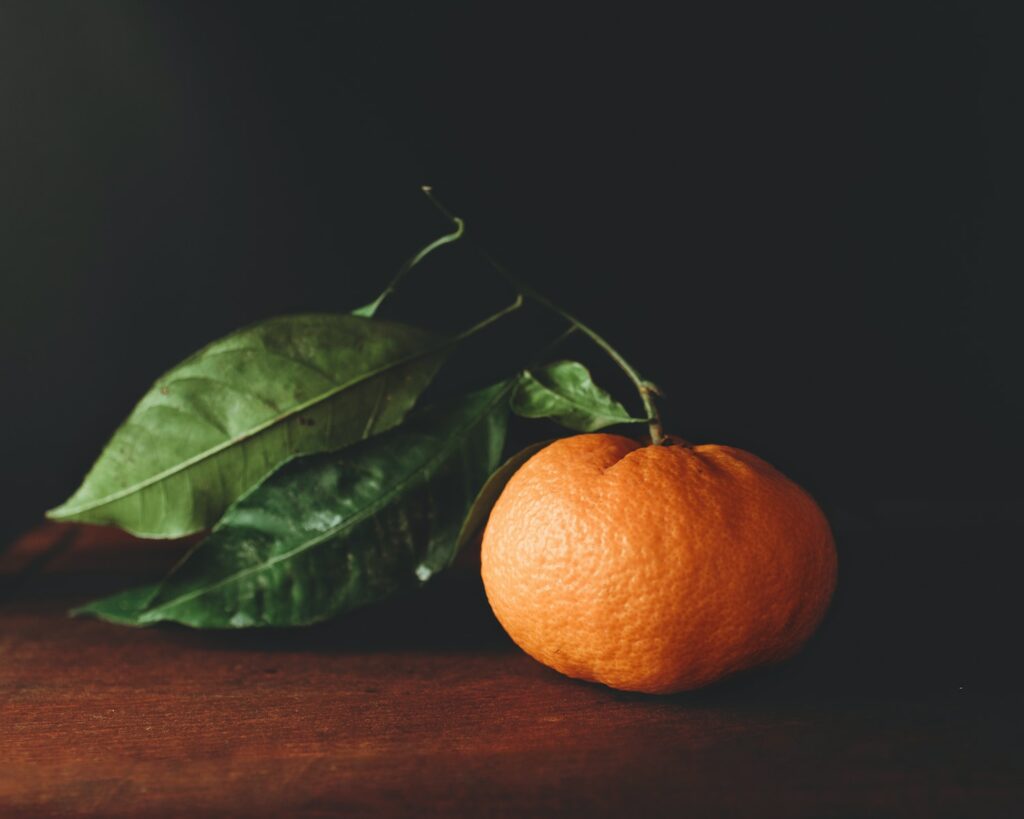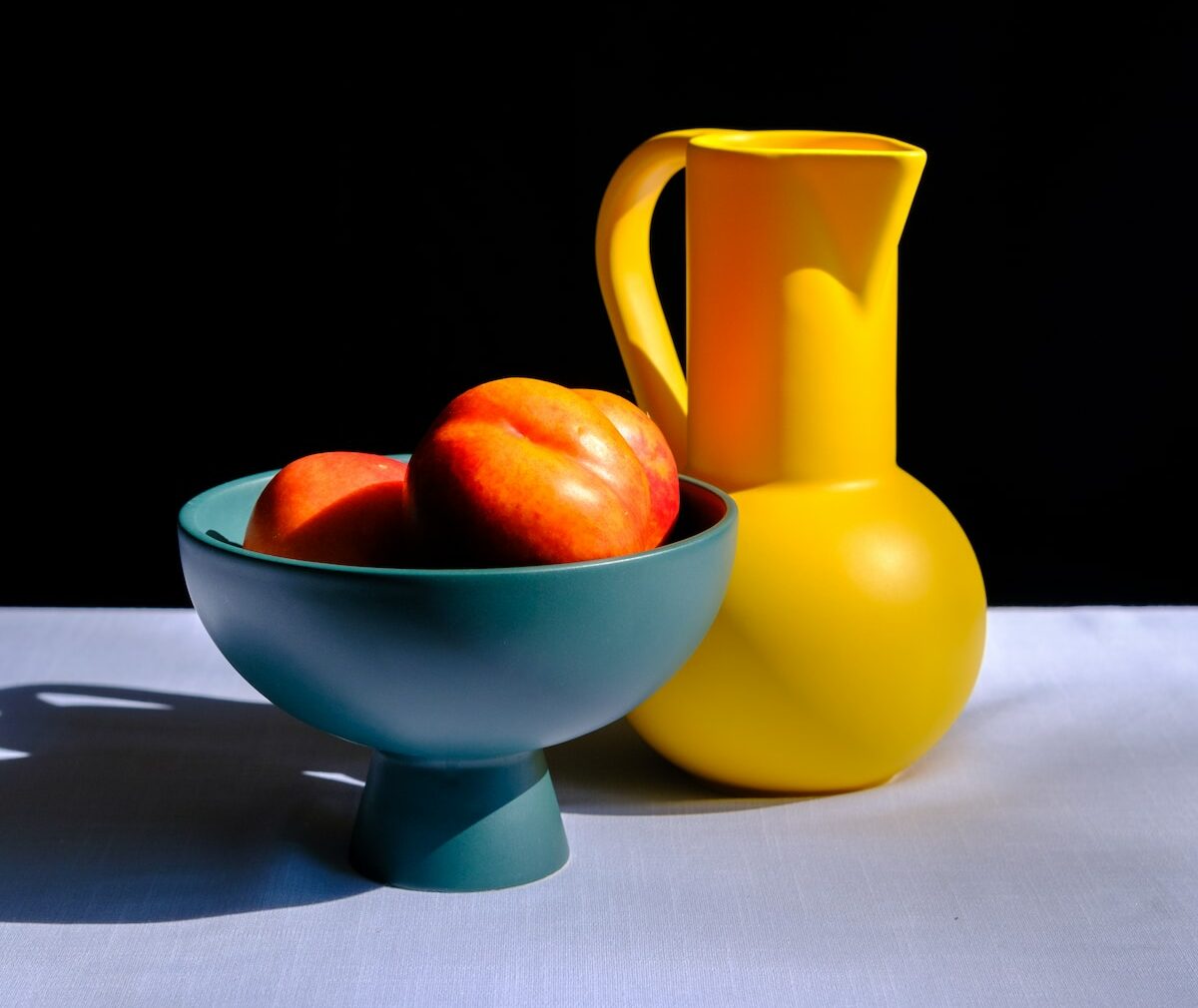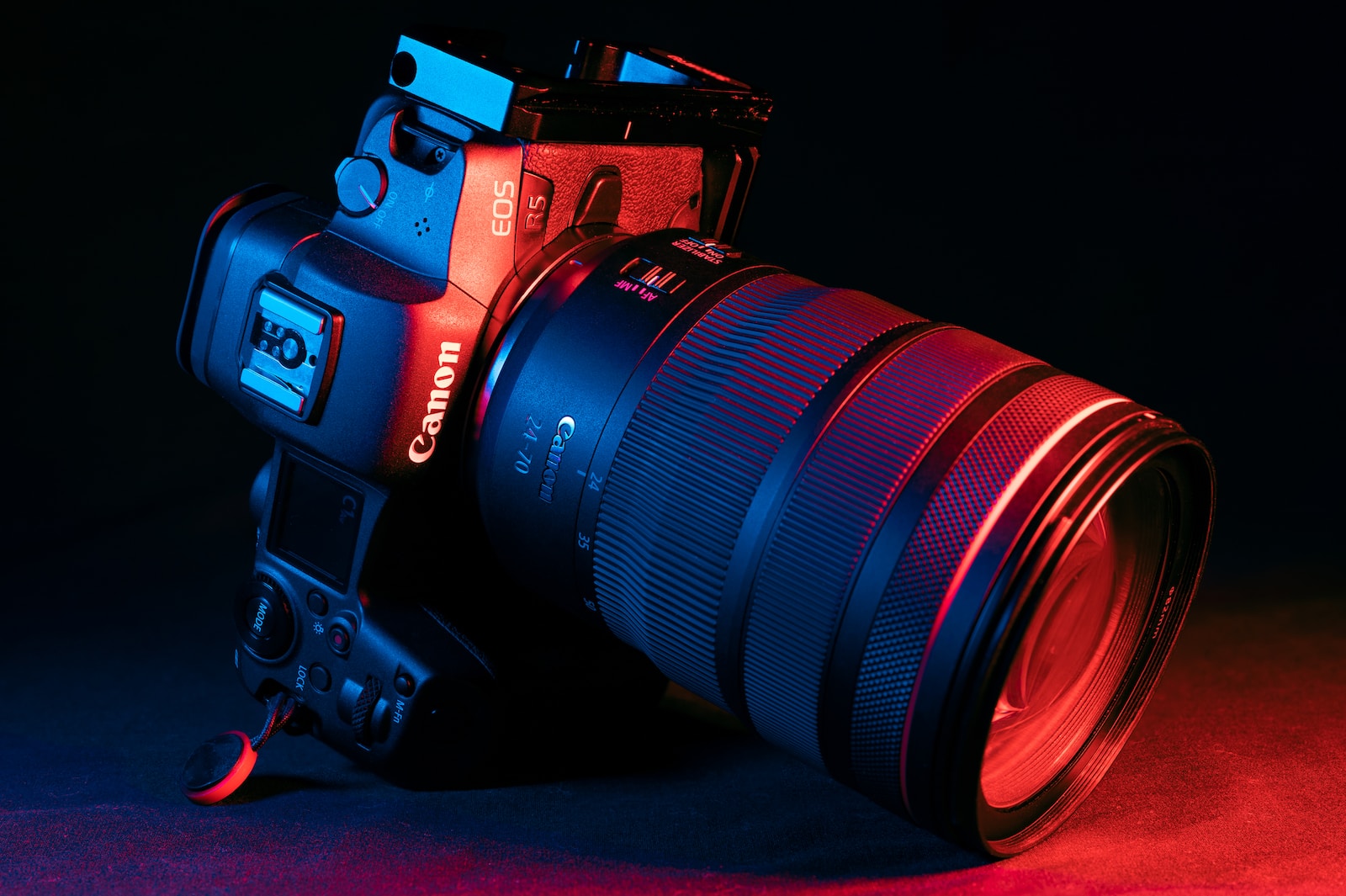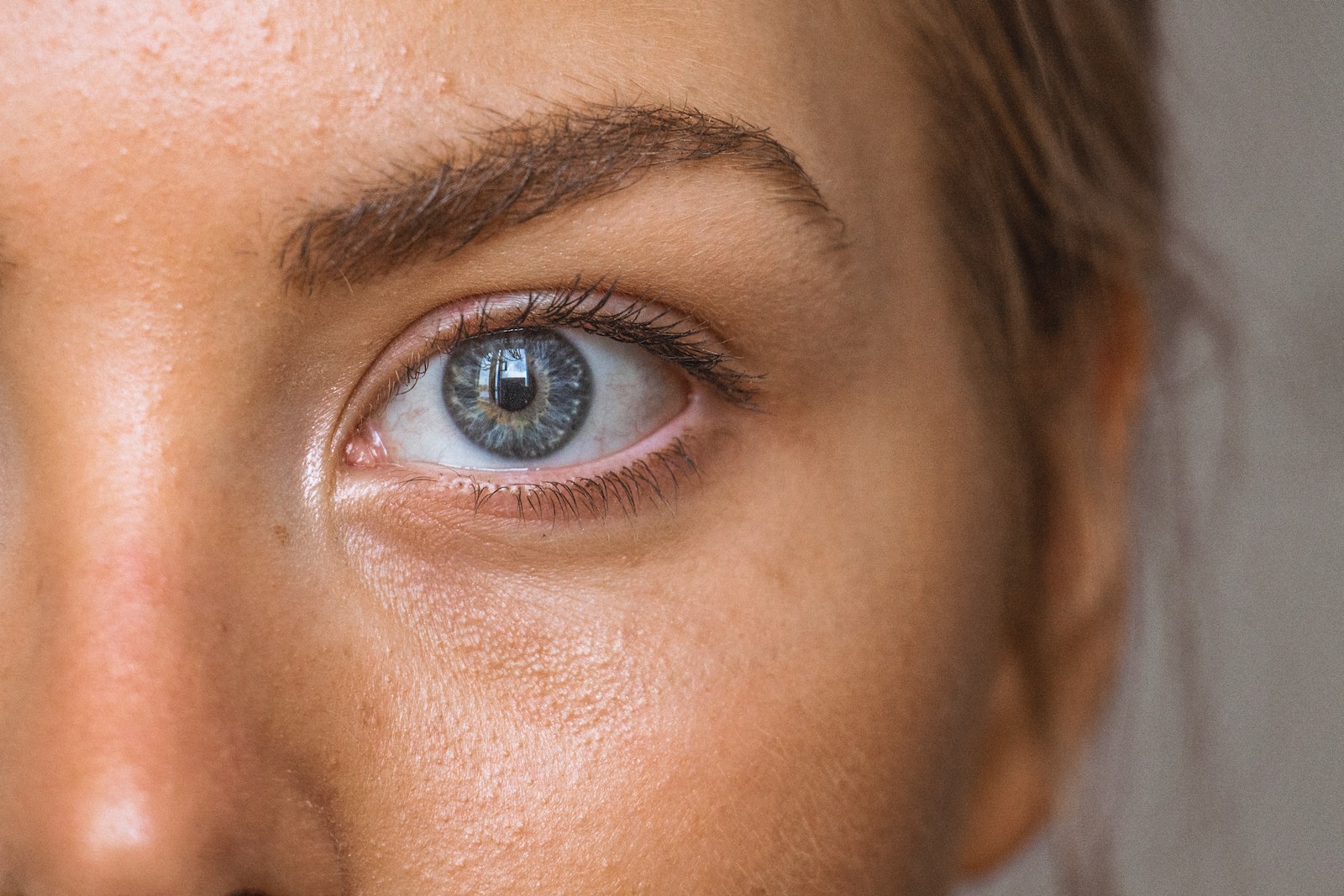Welcome to Capturing Quiet Moments: The Art of Still Life Photography. If you have a passion for photography, objects, and the art of capturing beauty in the stillness, you have come to the right place. In this blog, we will explore the techniques and camera settings necessary to create mesmerizing still life photographs. Whether you are a seasoned photographer or just starting out, join us on this creative journey as we delve into the world of still life photography and discover the secrets behind turning everyday objects into captivating works of art.
Table of Contents
- The Art of Still Life Photography: Exploring Captivating Subjects
- The Ideal Camera for Capturing Still Life Moments
- The Best Time for Mesmerizing Still Life Photography
- The Magic of Still Life Photography
- Frequently Asked Questions
- What is still life photography?
- What are the key elements of a successful still life photograph?
- How can I improve my still life photography skills?
- What camera and equipment do I need for still life photography?
- What are some creative techniques to enhance my still life photographs?
- How can I make my still life photographs stand out?
- Are there any post-processing techniques that can enhance still life photographs?
- What are some recommended resources for learning still life photography?
- Can I sell my still life photographs?
- Wrap Up:
The Art of Still Life Photography: Exploring Captivating Subjects
When it comes to still life photography, the choice of subject plays a crucial role in creating mesmerizing photographs. By selecting the right objects, you can capture quiet moments and transform ordinary items into captivating works of art. Let’s delve into some unique and interesting subjects that can truly enhance your still life photography.
Everyday Objects with a Twist
Everyday objects can be transformed into intriguing still life subjects by adding a twist or unexpected element. For example, a simple coffee mug can become eye-catching when paired with colorful flowers, creating a contrast between the ordinary and the vibrant. Similarly, a pair of worn-out shoes can tell a fascinating story when placed with vintage accessories, evoking a sense of nostalgia.
To further enhance your photographs, experiment with different angles and lighting techniques. Try capturing the objects from a low angle to create a unique perspective. Play with shadows and highlights to add depth and drama to the composition. These techniques will bring your still life subjects to life and make them visually captivating.
Nature’s Beauty
Nature provides an endless array of captivating subjects for still life photography. From colorful fruits to delicate flowers, the beauty of nature can effortlessly elevate your photographs. Consider photographing a bowl of vibrant fresh fruits, emphasizing their textures and colors. Alternatively, explore the intricate details of a single flower petal, highlighting its delicate beauty.
To make your nature-inspired still life photographs truly mesmerizing, pay attention to the composition. Utilize the rule of thirds and leading lines to create a pleasing arrangement. Incorporate natural light to enhance the textures and details of your subjects. The combination of nature’s beauty and your artistic vision will result in breathtaking still life photographs.
Remember, the key to capturing quiet moments is to experiment and let your creativity roam free. By selecting interesting subjects and applying effective techniques, you can transform ordinary objects into works of art. Now, grab your camera and embark on a journey of capturing extraordinary still life moments.
Did you know that still life photography dates back to ancient times, with the first known still life photograph taken in the early 19th century? It is a genre that allows photographers to artistically capture everyday objects, creating captivating images that tell a story.
The Ideal Camera for Capturing Still Life Moments
When it comes to still life photography, having the right camera can make all the difference in capturing those quiet moments with precision and clarity. While there is no one-size-fits-all answer to the best camera for still life photography, certain features and specifications can greatly enhance your results.
One important factor to consider is the camera’s sensor size. A larger sensor can capture more detail and produce higher quality images. Additionally, a camera with higher resolution allows for greater flexibility when it comes to cropping and enlarging your still life photos.
Another critical feature to look for is a camera with manual control options. Manual control allows you to have complete control over settings such as aperture, shutter speed, and ISO, enabling you to experiment with various techniques and achieve the desired effects in your still life compositions.
Some popular options for still life photography include DSLRs, mirrorless cameras, and even high-end smartphones with advanced camera features. Each of these options has its own advantages and can produce stunning results in the hands of a skilled photographer.
Essential Lenses and Equipment for Still Life Photography
In addition to a suitable camera, choosing the right lenses and equipment is essential for capturing mesmerizing still life photographs. Different lenses can provide different perspectives, focal lengths, and bokeh effects, all of which contribute to the overall aesthetic of your images.
One type of lens commonly used in still life photography is a macro lens. Macro lenses allow you to capture intricate details and achieve close-ups of small objects, bringing out the fine textures and nuances that make still life photography so captivating. These lenses typically have a high magnification ratio and a close focusing distance, perfect for showcasing the minute details of your subject.
Alternatively, a versatile prime lens or a standard zoom lens can also be suitable for still life photography. Prime lenses with a wide aperture, such as f/1.8 or f/1.4, offer beautiful depth of field and low-light capabilities, allowing you to create stunning compositions with a shallow focus. On the other hand, standard zoom lenses provide flexibility in framing and composition without compromising image quality.
In addition to lenses, there are a few essential pieces of equipment that every still life photographer should have. A sturdy tripod is crucial for keeping your camera steady and avoiding any unwanted camera movement, especially when shooting in low light conditions or using longer exposure times. Remote shutter releases or self-timers can also be beneficial for reducing any camera shake caused by manually pressing the shutter button.
Remember, the choice of camera, lenses, and equipment ultimately depends on your personal shooting style and preferences. Experimenting with different combinations can help you discover what works best for you in capturing those silent, mesmerizing still life moments.

The Best Time for Mesmerizing Still Life Photography
The art of still life photography involves capturing the beauty of everyday objects, celebrating their details, textures, and colors. To truly bring out the enchanting essence of these objects, it’s crucial to choose the right time of day. The golden hour, which occurs during the first and last hour of sunlight, offers the perfect lighting conditions for creating captivating still life photographs.
During this time, the sunlight becomes softer and warmer, casting gentle, flattering shadows that add depth and dimension to your compositions. The warm tones of the golden hour bathes your subjects in a delightful glow that enhances their appeal and creates a serene atmosphere.
Imagine photographing a collection of delicate flowers gently illuminated by the soft golden light, or capturing the intricate details of vintage objects as they bask in the warm hues of the setting sun. The golden hour provides a magical canvas for your still life photography.
Choosing the Right Vantage Point and Position
The vantage point and position you choose as a photographer can greatly influence the impact and composition of your still life photographs. Here are two options with their unique benefits:
Eye-Level Perspective: Captivating Realism
Taking your still life photographs from eye-level allows viewers to connect with your subject on a more personal level. This perspective mimics the way we naturally view objects in real life, resulting in a sense of familiarity and authenticity.
Imagine photographing a simple bowl of fresh fruit from an eye-level perspective. The viewer will feel as if they are sitting at the table, ready to take a bite. This angle creates a strong emotional connection, drawing the viewer into the scene and making the still life come to life.
Overhead (Bird’s-Eye) Perspective: Artistic Abstraction
For a more artistic and abstract approach to still life photography, consider positioning your camera overhead. This bird’s-eye perspective allows you to play with unique compositions and create visually striking images.
Picture a carefully arranged array of objects, such as vintage keys, a leather-bound notebook, and a pocket watch, seen from above. The overhead perspective transforms these ordinary objects into an intriguing pattern, emphasizing their shapes, lines, and textures with a sense of mystery and intrigue.
By experimenting with different vantage points and positions, you can uncover new angles and perspectives that breathe life into your still life photographs. Whether you choose the eye-level perspective for its realism or the overhead perspective for its abstract appeal, remember to keep exploring and capturing the essence of quiet moments through your camera lens.
Experiment with different lighting techniques to capture the beauty of still life objects. Try using natural light for a soft, ethereal effect, or use artificial lighting to create dramatic shadows and highlights. Don't be afraid to play with different angles and positions to find the perfect composition that brings out the essence of the objects you're photographing.
The Magic of Still Life Photography
Still life photography allows us to freeze moments in time, creating a visual language that speaks volumes about the objects we choose to capture. Through careful composition, lighting, and technique, we can transform mundane objects into captivating masterpieces. Whether it’s a simple vase, a cluster of fruits, or an antique trinket, still life photography reveals hidden stories and evokes emotions that often go unnoticed in our fast-paced lives.
Essential Equipment
To embark on this artistic endeavor, you don’t need the latest and most expensive camera equipment. A basic DSLR or even a smartphone with a high-quality lens can do wonders in capturing the essence of a still life scene. The key lies in mastering the techniques and unleashing your creativity to make the most of the equipment you have.
Composition Techniques
When it comes to composing a stunning still life photograph, the possibilities are endless. Experiment with different angles, perspectives, and arrangements to achieve a harmonious composition that captivates the viewer. Play with elements such as leading lines, symmetry, and the rule of thirds to create a visual balance and guide the eye through the frame.
Mastering the Art of Lighting
Lighting is the backbone of any photograph, and still life photography is no exception. Understand the qualities of light, whether it’s natural or artificial, and use it to enhance the mood and atmosphere of your image. Soft diffused light can create a dreamy and ethereal setting, while harsh light can add drama and intrigue. Experiment with different lighting techniques to find the perfect balance for your subject.
Adding Depth and Interest
To elevate your still life photographs, consider adding layers, textures, and details that breathe life into the scene. This can be achieved through the careful selection of props, background elements, and focal points. Play with depth of field by adjusting your aperture to create a shallow or deep focus, adding a sense of dimension and intrigue to your images.
Editing and Post-Processing
While capturing the perfect shot is crucial, post-processing can take your still life photography to another level. Experiment with editing software to enhance colors, adjust exposure, and fine-tune details to convey your desired mood and vision. Remember to use editing as a tool to enhance your photograph, not to overly manipulate it.
Still life photography is an art form that allows us to appreciate the beauty of ordinary objects and fleeting moments. By mastering the techniques of composition, lighting, and post-processing, we can take still life photography beyond mere documentation and turn it into a captivating visual storytelling medium. So grab your camera, unleash your creativity, and start capturing those quiet moments that deserve to be celebrated!
Frequently Asked Questions
What is still life photography?
Still life photography is the art of capturing inanimate objects, arranged in a particular way, using lighting and composition techniques to create visually appealing and meaningful images.
What are the key elements of a successful still life photograph?
A successful still life photograph incorporates careful selection of objects, attention to lighting, composition, and the use of creative techniques to convey a mood or message.
How can I improve my still life photography skills?
To improve your still life photography skills, you can experiment with different objects, compositions, lighting setups, and camera angles. Additionally, studying the works of famous still life photographers can provide inspiration and insight into various techniques.
What camera and equipment do I need for still life photography?
For still life photography, you can use any camera with manual settings. However, a DSLR or mirrorless camera allows for greater control over settings and interchangeable lenses for versatility. You may also need a tripod, different lenses, lighting equipment, and props depending on your desired style.
What are some creative techniques to enhance my still life photographs?
Some creative techniques you can explore include using selective focus to draw attention to specific objects, experimenting with different depths of field, utilizing shadows and reflections, incorporating unconventional angles, and using props or textures to add interest to the composition.
How can I make my still life photographs stand out?
To make your still life photographs stand out, focus on capturing unique objects, exploring different compositions, experimenting with lighting, and infusing your personal style into the images. Don’t be afraid to think outside the box and try new approaches.
Are there any post-processing techniques that can enhance still life photographs?
Yes, post-processing can enhance still life photographs by adjusting exposure, contrast, and colors. You can also apply selective sharpening, remove distractions or unwanted elements, and add creative filters or effects to further enhance the mood or atmosphere of the image.
What are some recommended resources for learning still life photography?
There are various resources available for learning still life photography. Some recommendations include online tutorials, photography books specializing in still life, workshops or classes, and joining photography communities or forums to learn from fellow enthusiasts or professionals.
Can I sell my still life photographs?
Yes, you can sell your still life photographs. There are numerous avenues for selling your work, such as online marketplaces, art galleries, exhibitions, or even creating your own website or online portfolio to showcase and sell your prints.
Wrap Up:
As we delve into the art of still life photography, it becomes clear that capturing quiet moments can create mesmerizing images. By carefully selecting and arranging objects, utilizing various camera techniques, and exploring different perspectives, we can transform ordinary objects into extraordinary subjects.
If you’re eager to explore the world of still life photography, don’t hesitate to grab your camera and experiment. The key is to find objects that resonate with you and tell a story. So go ahead, unleash your creativity, and don’t forget to share your stunning still life photographs in the comments below. We can’t wait to see what you capture!



